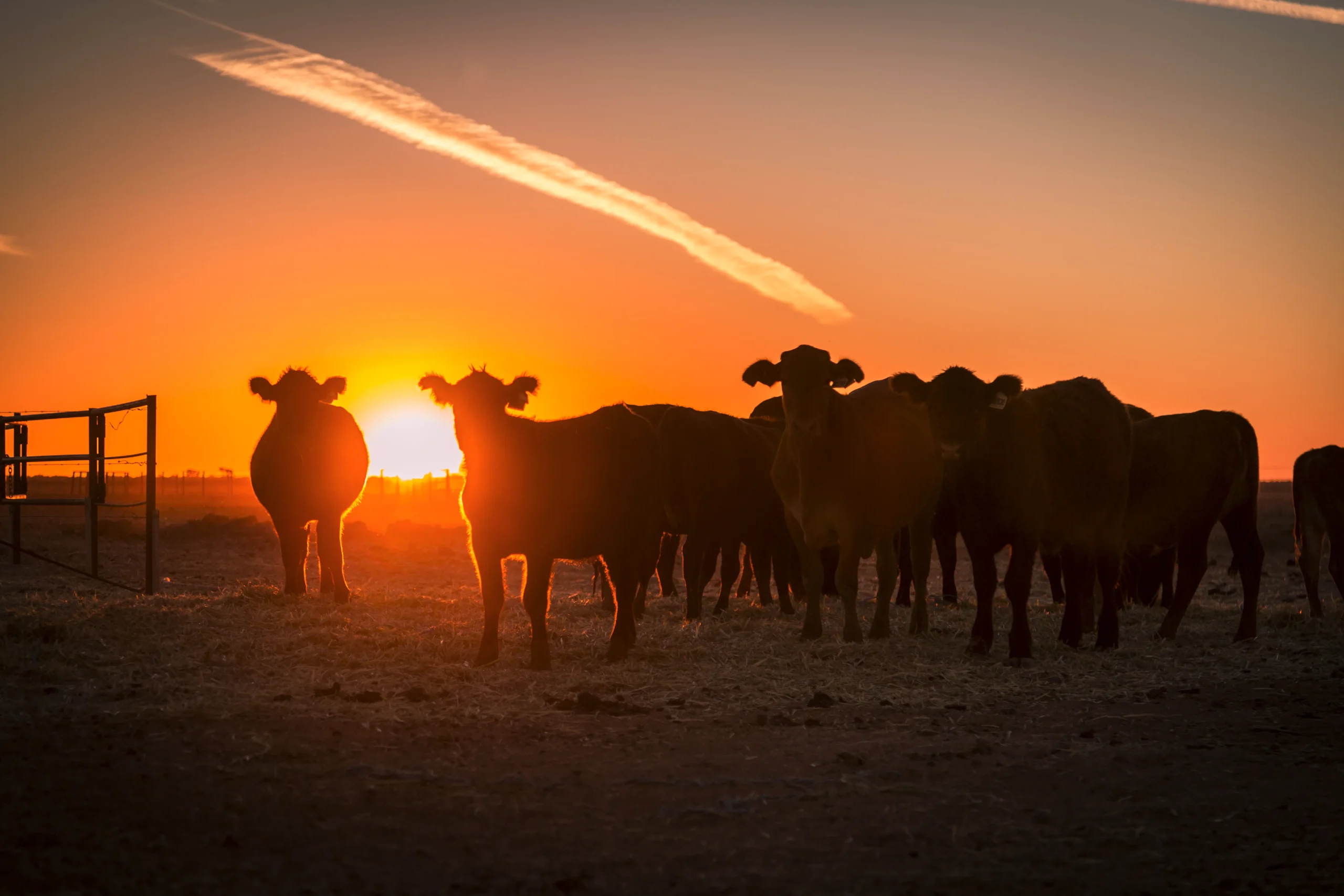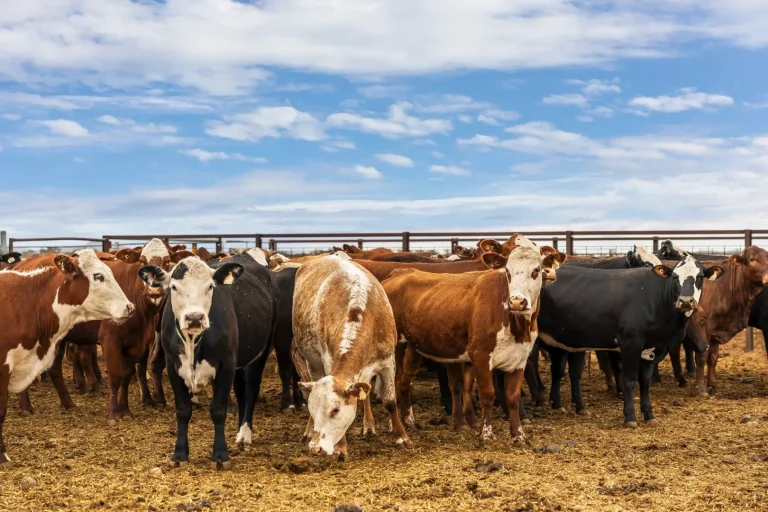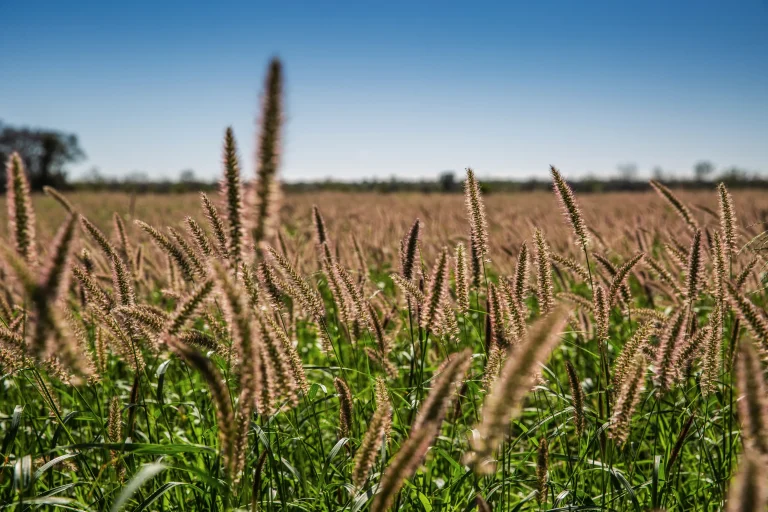Calculating Investment Returns for Cotton Farming Ventures in Australia
Introduction
Australia’s cotton farming industry represents one of the nation’s most sophisticated agricultural sectors, offering investors opportunities to participate in high-value crop production through strategic property acquisition and operational investment. Successfully calculating investment returns for cotton farming ventures in Australia requires comprehensive understanding of production economics, infrastructure requirements, and market dynamics that distinguish cotton operations from other agricultural enterprises.
Cotton farming investments encompass diverse opportunities from established irrigation properties with proven production systems to development projects requiring infrastructure establishment and operational setup. These investments typically demand substantial capital commitments for land acquisition, irrigation infrastructure, machinery systems, and working capital requirements that must be carefully analyzed to determine realistic return expectations.
At Agribusiness Horizons, our extensive experience with cotton property transactions provides us with specialized knowledge of investment analysis methodologies, return calculation techniques, and performance benchmarking specific to cotton farming operations. Our analytical expertise helps investors understand the complex financial dynamics that drive cotton farming profitability while identifying opportunities with superior risk-adjusted returns.
This comprehensive guide examines the essential elements of cotton farming investment analysis, providing practical methodologies for calculating returns, assessing risks, and evaluating opportunities that optimize investment outcomes while managing the inherent challenges of agricultural enterprises.
Australia’s Cotton Industry Investment Landscape
Australia’s cotton industry operates across diverse geographic regions with varying climate conditions, soil types, and infrastructure availability that create distinct investment profiles and return characteristics. The industry’s concentration in Queensland and New South Wales provides multiple regional investment opportunities with different risk-return profiles suited to various investor preferences and strategic objectives.
The sector’s technological sophistication distinguishes Australian cotton operations from many other agricultural enterprises, with precision agriculture systems, advanced irrigation technology, and sophisticated crop management practices supporting premium productivity and quality outcomes. These technological advantages often justify higher per-hectare investment costs while supporting superior returns through enhanced production efficiency and market positioning.
Cotton farming’s capital-intensive nature requires substantial upfront investment in irrigation infrastructure, specialized machinery, and operational systems before generating positive cash flows. Understanding these capital requirements and their impact on investment returns becomes essential for accurate financial modeling and investor communication about realistic return expectations and payback periods.
Market access and processing relationships significantly influence cotton farming investment returns through their impact on pricing, marketing flexibility, and operational requirements. Properties with established ginning relationships, quality assurance systems, and efficient logistics often demonstrate superior return profiles compared to operations requiring new market development or facing transport challenges.
Government policy settings including water allocation frameworks, environmental regulations, and agricultural development incentives affect investment economics through their influence on operational costs, compliance requirements, and development opportunities that must be incorporated into comprehensive return calculations.
Investment Return Calculation Methodologies
Financial Modeling and Cash Flow Analysis
Accurate cotton farming investment analysis requires sophisticated financial modeling that accounts for seasonal production cycles, input cost variations, and commodity price volatility that create complex cash flow patterns. Professional modeling approaches incorporate multiple scenarios to assess return sensitivity and risk exposure across different operational and market conditions.
Production cost analysis forms the foundation of cotton farming return calculations, encompassing land costs, irrigation expenses, machinery depreciation, labor requirements, and input costs that vary with production intensity and operational efficiency. Understanding these cost structures helps investors assess operational leverage and identify optimization opportunities that enhance return potential.
Revenue modeling requires analysis of yield expectations, quality premiums, and marketing arrangements that determine gross income generation from cotton operations. This analysis must account for seasonal variability, quality factors, and market timing that significantly influence revenue realization and overall investment returns.
Working capital requirements including seasonal financing needs, inventory management, and cash flow timing affect overall investment returns through their impact on capital efficiency and financing costs. Cotton operations often require substantial working capital during production cycles, affecting total capital requirements and return calculations.
Capital expenditure planning encompasses infrastructure maintenance, technology upgrades, and capacity expansion that affect long-term return sustainability and competitive positioning. Strategic capital allocation decisions significantly influence investment returns through their impact on operational efficiency and production optimization.
Return Metrics and Performance Benchmarking
Multiple return calculation methodologies provide different perspectives on cotton farming investment performance, with each metric offering insights into specific aspects of investment economics and operational efficiency. Professional analysis typically employs several complementary approaches to provide comprehensive return assessment and investment comparison capabilities.
Net present value calculations account for the time value of money while incorporating cash flow timing and investment horizon considerations that significantly affect cotton farming investment attractiveness. This methodology enables comparison with alternative investment opportunities while accounting for capital opportunity costs and risk premiums.
Internal rate of return analysis provides percentage-based return metrics that facilitate comparison across different investment scales and structures. This approach helps investors assess whether cotton farming opportunities meet their required return thresholds while accounting for investment timing and cash flow patterns.
Cash-on-cash return calculations focus on annual cash flow generation relative to initial capital investment, providing insights into income generation capacity and operational efficiency. This metric particularly appeals to income-focused investors seeking regular cash flow from agricultural operations.
Return on assets analysis examines operational efficiency through assessment of income generation relative to total asset values. This approach helps identify optimization opportunities while benchmarking performance against industry standards and comparable operations.
Capital appreciation potential encompasses land value growth, infrastructure improvements, and operational enhancements that contribute to total investment returns beyond annual operating income. Understanding appreciation drivers helps investors assess long-term value creation opportunities and exit strategy planning.
Risk Assessment and Return Optimization
Production and Operational Risk Factors
Cotton farming investment returns face numerous risk factors that require careful assessment and management to protect capital while optimizing performance outcomes. Production risks including weather variability, pest pressure, and disease management create operational challenges that affect both yield outcomes and input cost requirements.
Seasonal weather patterns significantly influence cotton production through their impact on planting timing, growing conditions, and harvest quality that determine both yield levels and fiber quality premiums. Understanding regional climate patterns and implementing appropriate risk management strategies helps protect investment returns during challenging seasonal conditions.
Input cost volatility affects cotton farming profitability through variations in fertilizer prices, chemical costs, and fuel expenses that create operational leverage and margin pressure during cost escalation periods. Professional cost management and strategic purchasing arrangements help mitigate these risks while maintaining operational efficiency.
Machinery and infrastructure reliability influence operational efficiency and cost control through their impact on timeliness, labor requirements, and maintenance expenses. Well-maintained equipment and strategic replacement planning help optimize operational performance while controlling total ownership costs.
Labor availability and management capability affect operational execution and cost control, particularly during critical periods including planting, cultivation, and harvest when skilled labor becomes essential for optimal outcomes. Understanding labor requirements and developing appropriate management systems helps ensure consistent operational performance.
Market and Financial Risk Management
Cotton market volatility creates significant return variability through price fluctuations that affect revenue realization and investment performance. Understanding market dynamics and implementing appropriate risk management strategies helps protect returns while capturing market opportunities during favorable pricing periods.
Currency exchange rate movements affect cotton farming returns through their impact on export competitiveness and domestic pricing relationships that influence revenue realization for operations serving international markets. Hedging strategies and marketing timing help manage currency exposure while optimizing price realization.
Interest rate changes affect cotton farming investment returns through their impact on financing costs, land values, and investment competition that influence both operational expenses and asset valuations. Understanding interest rate sensitivity helps investors assess financing strategies and investment timing decisions.
Regulatory changes including water allocation adjustments, environmental compliance requirements, and taxation modifications create operational cost implications that affect investment returns and long-term viability. Monitoring regulatory trends and maintaining compliance capabilities help protect against adverse regulatory impacts.
Market access and logistics challenges affect cotton farming returns through their influence on marketing flexibility, transport costs, and buyer relationships that determine price realization and operational efficiency. Maintaining strong market relationships and efficient logistics helps optimize revenue outcomes while managing marketing risks.
Regional Investment Opportunities and Return Characteristics
Australia’s diverse cotton production regions offer distinct investment profiles with varying return characteristics, risk factors, and operational requirements that appeal to different investor segments and strategic objectives. Understanding these regional differences helps investors identify opportunities aligned with their risk tolerance and return expectations.
Queensland cotton regions typically offer opportunities for intensive production systems with reliable water access and favorable growing conditions that support consistent production and quality outcomes. These regions often command premium land values but may justify higher costs through superior production potential and operational flexibility.
New South Wales cotton areas provide established production systems with proven track records and established infrastructure that reduce development risks while offering stable return profiles. These regions often benefit from excellent ginning access and established market relationships that support efficient operations and reliable revenue streams.
Emerging cotton development areas offer opportunities for early-stage investment in regions with development potential but requiring infrastructure establishment and operational setup. These opportunities often provide attractive entry pricing but require higher risk tolerance and development expertise to achieve superior returns.
Irrigation infrastructure quality significantly influences regional investment attractiveness through its impact on production reliability, water efficiency, and operational flexibility. Regions with modern irrigation systems and secure water allocations typically command premium valuations while supporting more predictable return outcomes.
Transport and logistics access affect regional competitiveness through their influence on operational costs and marketing flexibility that determine net return realization. Properties with excellent logistics access typically demonstrate superior return profiles through reduced costs and enhanced marketing opportunities.
| Investment Type | Capital Requirements | Return Characteristics | Risk Profile |
|---|---|---|---|
| Established Operations | Moderate capital, proven systems | Stable returns, operational history | Lower production risk, market exposure |
| Development Projects | High capital, infrastructure costs | Higher potential returns, longer payback | Development risk, operational setup |
| Expansion Opportunities | Variable capital, incremental growth | Scalable returns, efficiency gains | Operational complexity, market access |
| Value-Add Investments | Targeted capital, specific improvements | Enhanced returns, operational optimization | Implementation risk, management capability |
How Agribusiness Horizons Supports Cotton Investment Analysis
At Agribusiness Horizons, we understand that accurately calculating investment returns for cotton farming ventures in Australia requires specialized knowledge of production economics, market dynamics, and operational requirements specific to cotton enterprises. Our comprehensive investment analysis services combine deep agricultural expertise with sophisticated financial modeling to help investors evaluate opportunities and optimize return outcomes.
Our valuation and financial analysis capabilities provide detailed assessment of cotton operations using industry-leading methodologies that account for production variability, infrastructure quality, and market positioning factors that influence investment returns. We develop comprehensive financial models that incorporate multiple scenarios and sensitivity analysis to assess return potential and risk exposure.
The market intelligence services we provide include analysis of cotton property availability, pricing trends, and investment opportunities across Australia’s diverse cotton production regions. Our extensive industry networks provide access to off-market opportunities and emerging investment possibilities that may offer superior return potential.
Our due diligence coordination ensures comprehensive evaluation of operational performance, infrastructure condition, and market positioning that affects investment returns and risk assessment. We work with specialized cotton consultants, agronomists, and technical experts to provide thorough property evaluation and return optimization recommendations.
The strategic advisory services we provide help investors develop acquisition criteria, operational improvement strategies, and portfolio management approaches that optimize cotton farming investment returns. Whether seeking established operations or development opportunities, our guidance helps investors identify superior opportunities while managing investment risks.
Our transaction management expertise ensures optimal investment outcomes through comprehensive market analysis, strategic positioning, and negotiation support that maximizes value realization while protecting investor interests throughout the acquisition process.
Future Trends and Return Enhancement Opportunities
Australia’s cotton industry continues advancing through technological innovation, sustainability initiatives, and market development that create opportunities for return enhancement and competitive advantage. Understanding these trends helps investors position their operations for superior long-term performance while adapting to changing industry conditions.
Technology integration including precision agriculture systems, automated machinery, and data analytics platforms provide opportunities for operational optimization and cost reduction that enhance investment returns. Properties with established technology infrastructure or clear upgrade pathways often demonstrate superior return potential through efficiency improvements and productivity optimization.
Sustainability and environmental stewardship initiatives create value enhancement opportunities through carbon sequestration programs, biodiversity conservation, and resource efficiency improvements that generate additional revenue streams while improving operational sustainability. Understanding these opportunities helps investors identify properties with multiple value creation pathways.
Premium market development including organic certification, sustainability verification, and quality assurance programs provide opportunities for revenue enhancement through market differentiation and premium pricing. Cotton operations positioned to access these markets often demonstrate superior return profiles through enhanced revenue realization.
Water efficiency and irrigation optimization represent ongoing opportunities for cost reduction and productivity improvement that enhance investment returns while supporting environmental sustainability. Properties with modern irrigation systems and efficient water management often demonstrate superior financial performance and competitive positioning.
Processing and value-adding opportunities including ginning investments, marketing cooperatives, and supply chain integration provide potential for return enhancement through downstream value capture and operational efficiency improvements. Understanding these opportunities helps investors assess additional value creation possibilities beyond primary production.
Conclusion
Successfully calculating investment returns for cotton farming ventures in Australia requires comprehensive understanding of production economics, market dynamics, and operational requirements combined with sophisticated financial analysis that accounts for cotton farming’s unique characteristics and risk factors. The complexity of cotton operations demands professional expertise and systematic analytical approaches that accurately assess return potential while managing investment risks.
Professional investment analysis and modeling provide essential foundation for informed decision-making while helping investors understand the multiple factors that influence cotton farming profitability and long-term value creation. Investors who prioritize comprehensive analysis and professional guidance position themselves for superior outcomes in Australia’s competitive cotton property market.
The investment in professional analysis and expert guidance typically generates substantial returns through improved investment selection, optimized operational strategies, and enhanced risk management that protect capital while maximizing return potential. Cotton farming investments require specialized knowledge and careful planning to achieve optimal outcomes.
As you consider cotton farming investment opportunities, reflect on these important questions: What analytical methodologies and professional expertise will provide the most accurate assessment of cotton farming investment returns and risk factors? How can comprehensive market analysis and operational optimization enhance your cotton farming investment performance? What return enhancement strategies and risk management approaches will position your cotton operations for sustained profitability and competitive advantage?
At Agribusiness Horizons, we bring specialized expertise in cotton farming investment return analysis to help investors evaluate opportunities and optimize performance outcomes in Australia’s dynamic cotton industry. Our comprehensive understanding of cotton operations combined with sophisticated analytical capabilities positions us to guide investors through complex evaluation processes while identifying opportunities with exceptional return potential. Contact us today to discuss how our cotton investment expertise can support your agricultural investment objectives and ensure optimal return realization from your cotton farming ventures.



